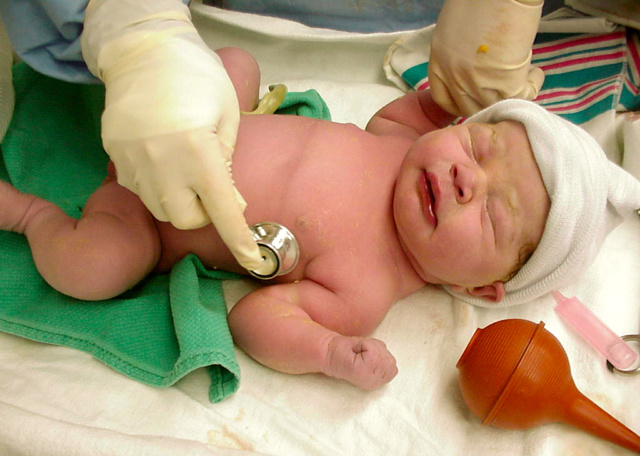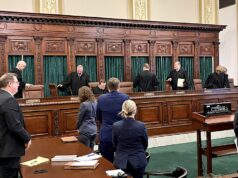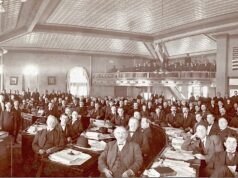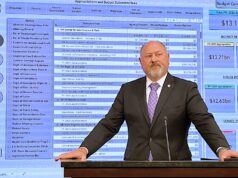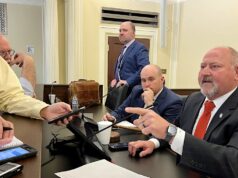Last month, Gov. Mary Fallin signed SB 816 into law as legislation designed to increase the participation of Oklahomans in rural medical training programs that support the state’s medically underserved areas.
SB 816 Overview
SB 816 by Rep. Leslie Osborn (R-Tuttle) and Sen. Kim David (R-Porter) directs that any Oklahoma resident or Oklahoma-based medical student in good standing receive preference in selection for Oklahoma hospital residencies in medically underserved areas.
About 1.3 million of Oklahoma’s nearly 4 million residents (34 percent) are classified as living in rural areas. While the programs do not specifically reference rural areas, many, if not most, communities in these regions would qualify as medically underserved.
The initiative to ensure Oklahoma-based students fill these underserved-area residency programs builds on work started by the Oklahoma Physician Manpower Training Commissions, which administers residency, internship and scholarship incentive programs to encourage practice in these areas.
My rural medical training
During my fourth year of medical school at OU, I spent one month completing a required rural preceptorship in Pryor. Those weeks proved to be among my most immersive opportunities during medical school.
I slept in a converted patient room at the local hospital. Every morning, after completing rounds, I drove across the surprisingly blue waters of Hudson Lake where I saw patients with two primary care physicians at Locust Grove’s lone medical clinic. Two things became apparent.
First: Rural doctors are busy. This is a reflection of the sizeable percentage of Oklahomans living in rural areas, combined with the relative lack of providers in these areas.
Second: Despite seeing a comparable volume of patients to practitioners in urban areas, rural doctors tend to know their patients better. By living in small, tightly-knit communities, rural providers encounter patients as community members or neighbors instead of as just charts and medical record numbers.
A roadmap for the future of rural medicine
Practicing in medically underserved or rural areas is unappealing to many physicians or physicians-in-training.
I was admittedly reluctant to spend a month living in Pryor as a medical student. I both lacked the knowledge of what a rural practice is like and also wrongly assumed a rural practice’s caseload and patient complexity would be limited.
I was wrong.
To combat misconceptions and preconceptions more broadly, medical training needs to shift from being exclusively conducted in large, academic medical centers to offering direct exposure in underserved communities.
Legislation encouraging that shift will yield dividends for Oklahomans down the line. As for SB 816, ensuring Oklahoma residents or state medical students are placed in these rural residencies increases the likelihood that young doctors will appreciate practicing in underserved areas.
That marks a positive step in rural medical training.
